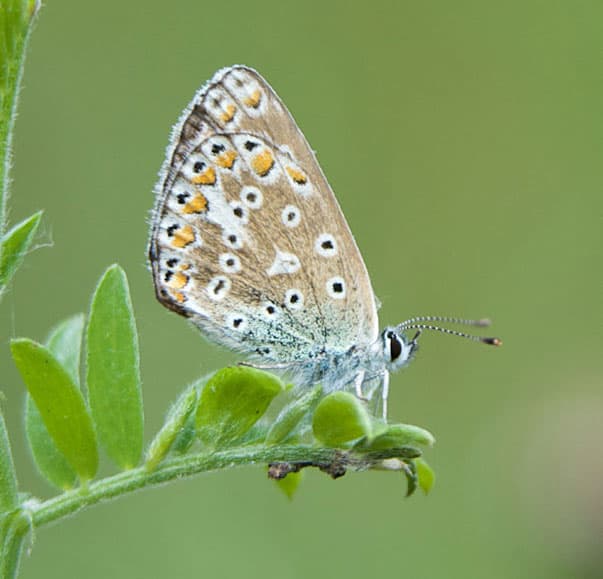Support a species: Identify the butterfly
Butterflies are a welcome sign that Spring has arrived and Summer is on the way.

Butterfly facts
How you can help
Plant butterfly (and other pollinator) friendly plants such as Lavender, Dahlia and Cosmos.
- Don’t use insecticides and pesticides.
- Leave fallen fruit under trees, in late autumn butterflies such as the Red Admiral and Painted Lady will feed on over-ripe fallen fruit.
- Grow plants suitable for caterpillars such as Milkweed and Fennel.
- Place rocks and other flat surfaces in your garden in full sun for butterflies to rest on.
Threats to butterflies
- The largest threat to butterflies is loss of habitat.
- Some butterflies are considered threats due to their caterpillars eating crops. Pesticides not only deter these ‘pest’ species, but other species of butterfly as well.
Spotting butterflies
The University campus has over 60 recorded species of butterfly. Brimstones can be found in winter in ivy, and Small-Tortoiseshell and Peacocks in garden sheds. All these species can be found flying between early spring and late autumn. Holly Blue and Comma butterflies are found in two bursts throughout the year as they have two generations over the course of a year.
To spot these butterflies and others, spend a sunny afternoon in one of the wildflower meadows on campus
